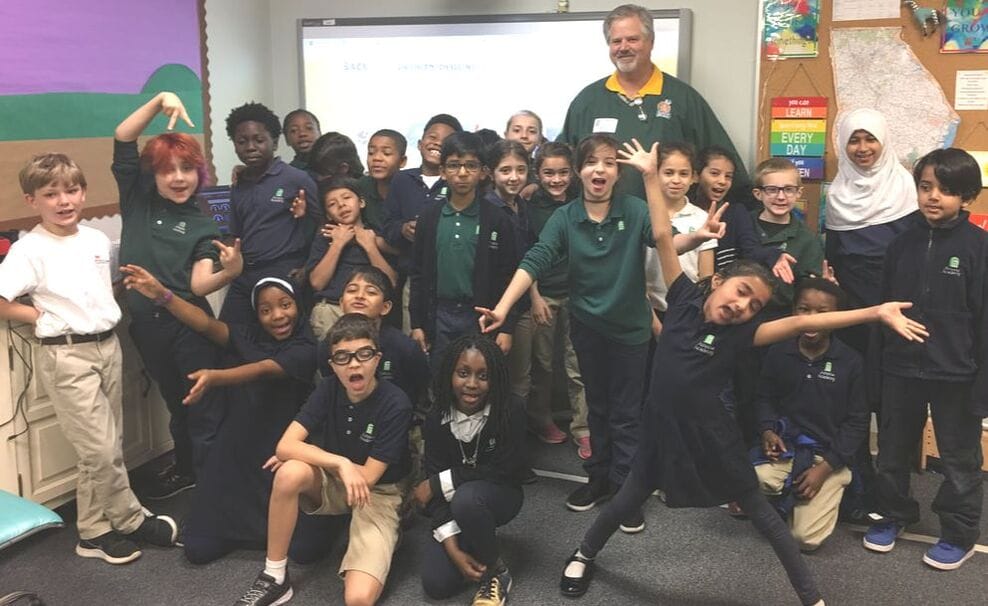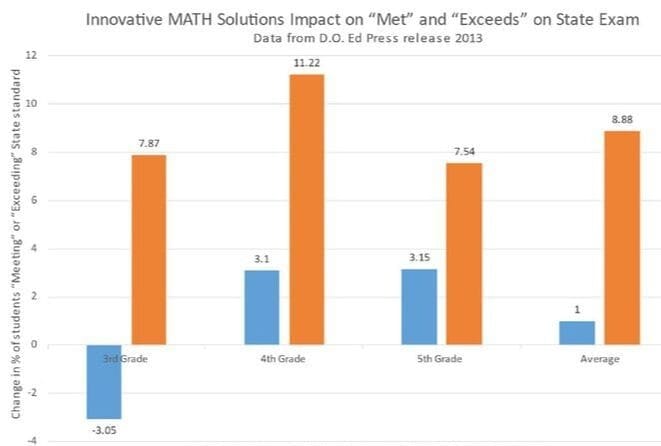Figurd + Education

People learn faster when they're having fun. In fact, studies have shown that we form mental connections as much as 20 times faster in play than we do via repetition. That's why we created Figurd - to help the world learn Math through play.
For us, that journey starts with Educators like you.
"Immediately after introducing the game, they were hooked! If it wasn’t a part of the station that day, they would beg to play it at the end of the day. Math facts were no longer a dreaded part of the day. My students were completing their math facts at 92% passing rate. To my amazement, some of my 1st Grade students have begun to multiply! The students work as a team, they are engaged, and they are having a blast!"
Proven Results
Our patented K-8 math games have been proven to significantly raise test scores:
- In Georgia, after 3 games of Figurd per week in small groups, the number of students who "Met or Exceeded the State Standard" increased by 888%!
- In Texas, introducing Figurd contributed to a 23% increase in computational proficiency in only 2 weeks!

Getting Started
Here's some tips for effectively introducing Figurd to your students:
- Download and prepare the introductory game for projection, and print enough copies of your first daily Figurd worksheet for the whole class.
- Display the game to the class, and work through it as a tutorial with your students, calling on them to help create the correct solutions in order to ensure they all know how to properly play.
- Hand out the worksheet and allow students 15 minutes to play. (Adjust time as needed for your classroom)
- Grade/evaluate (or don't) as best suits your class and goals.
Once your students understand the game via this introduction, we recommend exploring Figurd in other contexts, such as a collaborative race against the clock or a playful, team vs. team competition.
💡
Figurd thrives in peer to peer learning scenarios, encouraging natural collaboration, and is both engaging and effective for acquiring fact fluency, automaticity, and learning the order of operations.